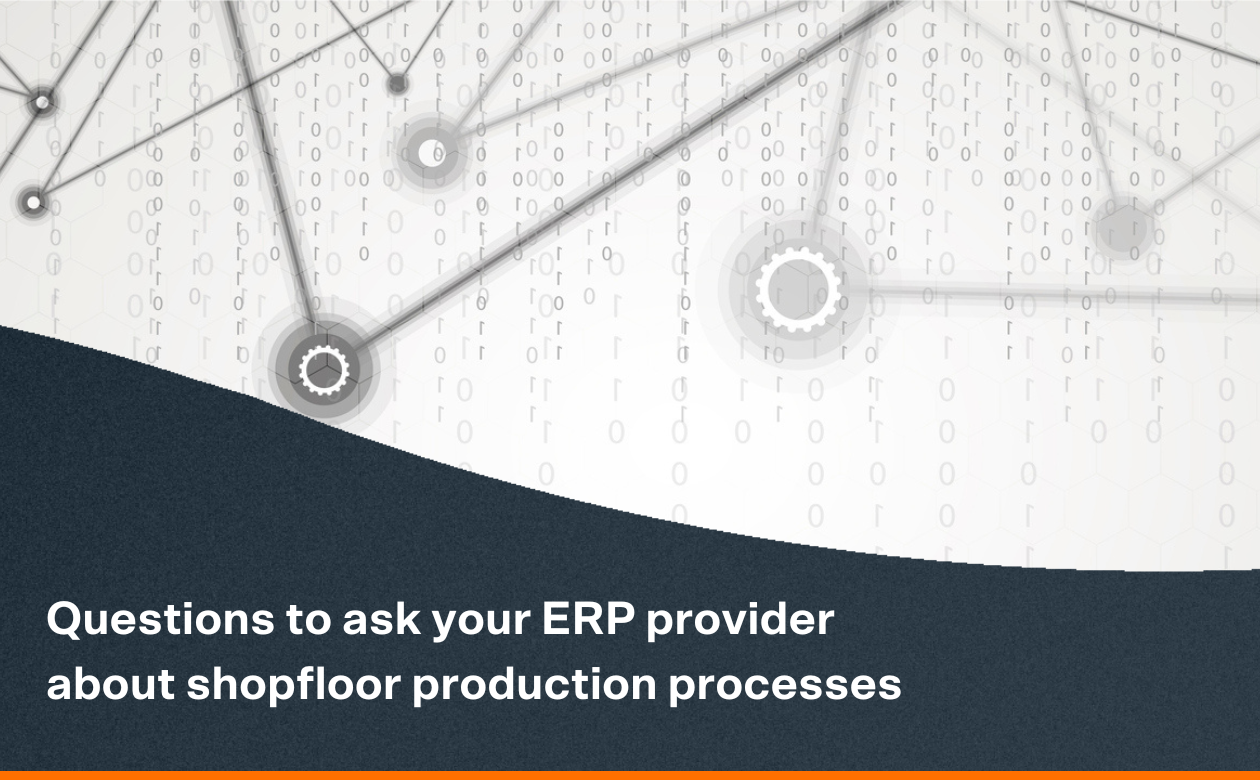
I am a big fan of the quote “if you can’t measure it, you can’t improve it.” While there is some controversy on who originally said it, its message still holds true today. Imagine trying to improve your health by lowering your blood pressure if you had no way to measure your blood pressure! It would be a difficult proposition. The same holds true with a Manufacturing Execution System (MES) investment. If you don’t pick the right MES metric to measure performance, you can’t possibly improve it.
Many businesses continue to struggle with business process and performance improvement, especially when implementing new technology projects. This shortcoming has been exasperated by the fourth industrial revolution, commonly referred to as “Industry 4.0.” This whole movement is led by the need to access more data with greater context and accuracy to then help drive decision support and performance improvement.
A successful MES implementation is more than picking the right technology, as explained here, Fostering Culture Change with MES to a Enable Digital Transformation Framework.
It is a commonly cited statistic that anywhere from 50% to 70% of digital transformation projects fail today. And, unfortunately, many of those projects often include MES implementation or expansion projects. So, what can be done to help overcome this problem?
Here are three possible MES metrics that businesses could be pursuing, but for one reason or another, are doing wrong:
- Measuring things that the MES project can’t impact
- Measuring the wrong things to determine project success
- Using outdated metrics that don’t reflect Industry 4.0 performance
The best way to define and then capture the benefits of an Industry 4.0 driven MES project is first identify the right MES metric that aligns with the project goals. Then, put in place the right measurement and reporting methodologies that allow you to drive the continuous improvement efforts that will deliver those benefits.
Know Which Improvements an MES Project Can Drive
Digital transformation often promises to deliver a wide range of benefits such as better customer satisfaction, reduced manufacturing costs, higher productivity, or even an ability to shift to an “as-a-service” business model. Many times, however, MES projects are bundled with a broader digital transformation project to make it easier to secure funding and/or obtain the necessary resources and staff to implement.
This can pose the risk of setting false expectations. MES projects, while being supportive of the types of benefits described above, generally cannot drive them without having access to other systems, data, or staffing to bring the entire digital transformation project together. MES, by its nature, is about manufacturing execution. The benefits that MES drives are more precisely stated as building it right the first time, ensuring the right people are doing the right things, and ensuring everything associated with building or producing a product is properly captured and documented. While all these benefits certainly have an impact on enabling broader-scale business benefits such as improving customer satisfaction or facilitating a transition to an “as-a-service” business model, they can’t cause it as a standalone investment.
Do the RIGHT Measurement
As I stated at the start of this article, you must measure something if you want it to improve. If you are trying to lose weight, you must step on a scale occasionally. You could measure your waste size and if it is decreasing, assume you are losing weight but if your loss is being driven by an aggressive exercise program you may be losing inches but gaining weight since muscle is denser than fat.
Likewise, if your justification for an MES project is that you will improve production efficiency and product build quality and you measure first-pass-yield (FPY) and total production volume per shift as the only key performance indicator (KPI) metric for MES success, then you may struggle to prove MES value.
One possible outcome is that after the initial MES implementation led to a greatly improved FPY – but at the cost of reduced productivity. Greater focus on FPY could have a repercussion of implementing new work processes to drive quality improvement. It is important to have the right MES metrics, and then over time, adjust them as the implementation progresses and other components of your overall Industry 4.0 strategy are executed.
Industry 4.0 & Digital Transformation Needs New MES Metrics
Finally, today’s manufacturing performance metrics are based on today’s manufacturing models and the current level of technology. In quality, a primary metric is FPY. It is often what business process improvement projects use as a KPI. But consider that in an I4.0 world where artificial intelligence (AI) and machine learning (ML) can provide preemptive guidance such that FPY yield approaches 100%, FPY as performance metric becomes less valuable. An alternative metric such as “mean time between quality alerts” or “severity-frequency index of quality alerts” might be a much better metric of quality performance.
There are numerous other examples of next-generation metrics that need to emerge to better gauge business performance in an Industry 4.0 future. Basing your MES implementation on some of the right MES metric might prove your investment is more valuable than you originally thought.





